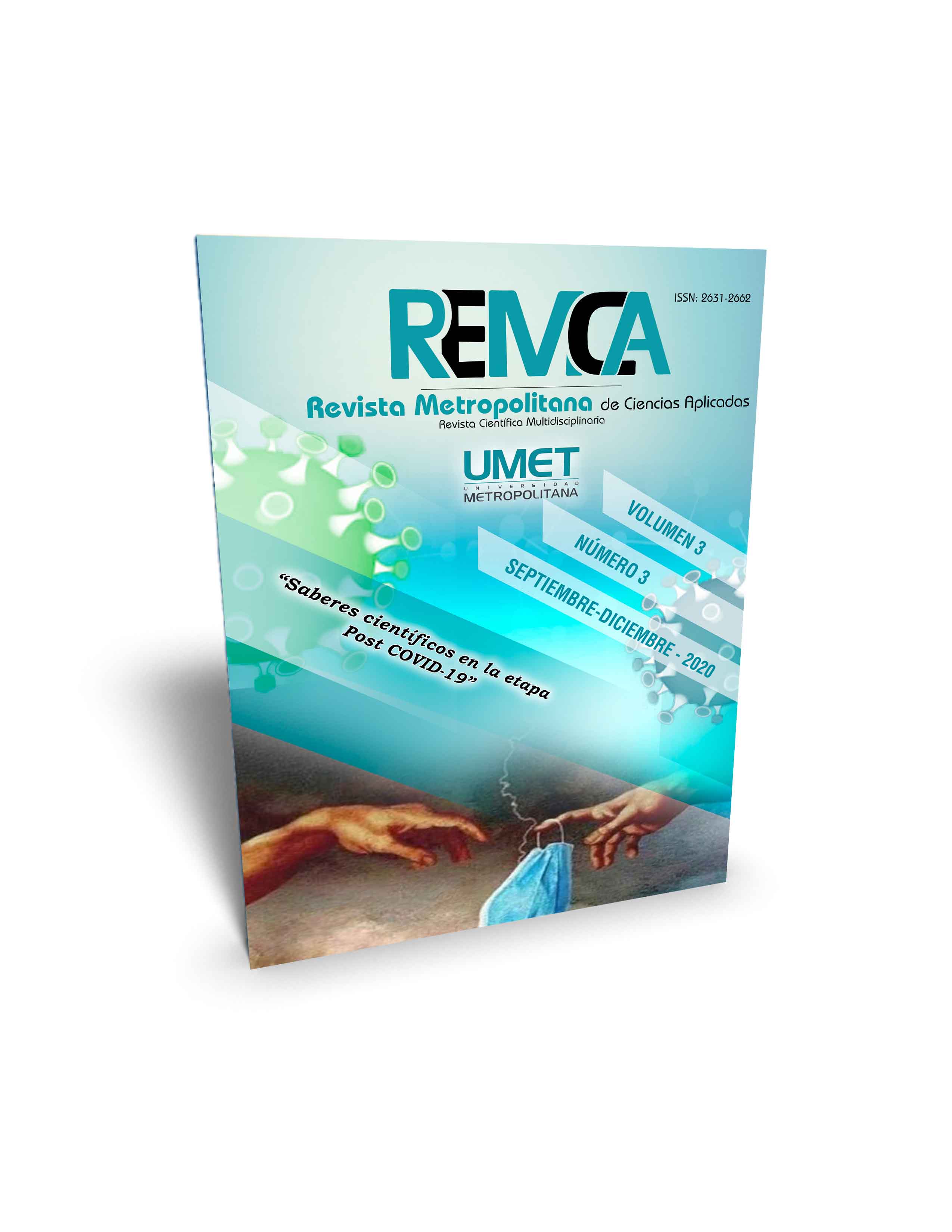The internal competitiveness of the Mipymes of the province of El Oro
DOI:
https://doi.org/10.62452/w7nebx94Keywords:
Mipymes, competitiveness, companiesAbstract
Internal business competitiveness can be studied through the competitiveness map proposed by the Inter-American Development Bank (IDB). The application of the map in companies becomes a diagnostic tool that allows to know its initial state in the face of competitiveness and thus identify the areas in which strengths are presented and those in which there are weaknesses. The objective of the research is to determine the internal business competitiveness of Mipymes in the province of El Oro. The deductive method was used and the type of research is descriptive with the application of a field design. The population was formed by 1406 mipymes and the sample by 172 companies. A survey was applied, whose instrument used a Likert scale in response. The results obtained show that the areas of accounting and finance (4,464) and information systems (4,458) have the highest average values, indicating that these areas have strengths; while the areas of commercialization (4,097) and environmental management (4,073) have the lowest average values, indicative of the existence of weaknesses in these areas, and on which improvements should be proposed through the implementation of action plans.
Downloads
References
Bermeo Pazmiño, K. V., & Saavedra García, M. L. (2018). La competitividad sistémica de la mipyme manufacturera en el nivel micro: caso de la fabricación de muebles de madera, Ecuador. Small Business International Review, 2(1), 1-15.
Ecuador. Instituto Nacional de Estadísticas y Censos. (2015). Directorio de empresas. INEC. http://www.ecuadorencifras.gob.ec/directoriodeempresas/
García Saltos, M. B., & Juca Maldonado, F. (2016). El proceso administrativo en las mipymes del cantón Machala, provincia de El Oro. Revista Observatorio de la Economía Latinoamericana. http://www.eumed.net/cursecon/ecolat/ec/2016/machala.html
González Ordóñez, A. I. (2018). Prácticas ambientales en PyMEs ecuatorianas. Revista Arjé, 12(22), 52-68.
González Ordóñez, A. I. (2019). Gestión ambiental y competitividad de las pymes del sector comercio en el cantón Machala, provincia El Oro, Ecuador. Revista Espacios, 40(27).
González Ordóñez, A. I., Capa Benítez, L. B., Luciani Toro, L. R., & Zambrano Morales, A. A. (2019). La gestión ambiental en la competitividad de las mipymes de la provincia El Oro, Ecuador. Revista Espacios, 40(4).
Mora-Riapira, E.H., Vera-Colina, M. A., & Melgarejo-Molina, Z. A. (2015). Planificación estratégica y niveles de competitividad de las Mipymes del sector comercio en Bogotá. Revista Estudios Gerenciales, 31, 79–87.
Neto, J. V., Marinho, M. S., & Carvalho, P. S. (2018). Desafios da implantação do planejamento estratégico pela micro e pequena empresa. Revista Espacios, 39(33).
Pérez Espinoza, M. J., & Maldonado Córdova, A. V. (2019). El Talento Humano: la clave del éxito para el mejoramiento de la competitividad de las empresas. Revista Científica Agroecosistemas, 7(1), 68-74.
Saavedra García, M. L. & Milla Toro, S. O. (2012). La competitividad en el nivel micro de la mipyme en el estado de Querétaro (Ponencia). XVII Congreso Internacional de Contaduría, Administración e Informática. Ciudad de México D.F., México.
Saavedra García, M. L. (2012). Una propuesta para la determinación de la competitividad en la pyme latinoamericana. Revista Pensamiento y gestión, (33), 93-124.
Saavedra García, M., Milla Toro, S., & Tapia Sánchez, B. (2013). Determinación de la competitividad de la Pyme en el nivel micro: el caso del Distrito Federal, México. Revista FIR, FAEDPYME International Review, 2(4), 38-52.
Urdaneta, A., González, A., Luciani, L., & Borgucci E. (2019). Valor agregado y nivel de competitividad de las pymes en el cantón Machala, Ecuador. Revista Visionario Digital, 3(2), 245-265.
Zambrano, A., & Castellanos, H. (2019). Sistemas de información de las Mipymes en la provincia de El Oro, Ecuador: diagnóstico y propuestas. Revista Economía, 44(47), 131-148.
Downloads
Published
Issue
Section
License
Copyright (c) 2020 Andreína Inés González Ordóñez, Laura Rosa Luciani Toro, Armando José Urdaneta Montiel, Ángel Alberto Zambrano Morales (Autor/a)

This work is licensed under a Creative Commons Attribution-NonCommercial-ShareAlike 4.0 International License.
Authors who publish in Revista Metropolitana de Ciencias Aplicadas (REMCA), agree to the following terms:
1. Copyright
Authors retain unrestricted copyright to their work. Authors grant the journal the right of first publication. To this end, they assign the journal non-exclusive exploitation rights (reproduction, distribution, public communication, and transformation). Authors may enter into additional agreements for the non-exclusive distribution of the version of the work published in the journal, provided that acknowledgment of its initial publication in this journal is given.
© The authors.
2. License
The articles are published in the journal under the Creative Commons Attribution-NonCommercial-ShareAlike 4.0 International License (CC BY-NC-SA 4.0). The terms can be found at: https://creativecommons.org/licenses/by-nc-sa/4.0/deed.en
This license allows:
- Sharing: Copying and redistributing the material in any medium or format.
- Adapting: Remixing, transforming, and building upon the material.
Under the following terms:
- Attribution: You must give appropriate credit, provide a link to the license, and indicate if any changes were made. You may do this in any reasonable manner, but not in any way that suggests the licensor endorses or sponsors your use.
- NonCommercial: You may not use the material for commercial purposes.
- ShareAlike: If you remix, transform, or build upon the material, you must distribute your creation under the same license as the original work.
There are no additional restrictions. You may not apply legal terms or technological measures that legally restrict others from doing anything the license permits.




